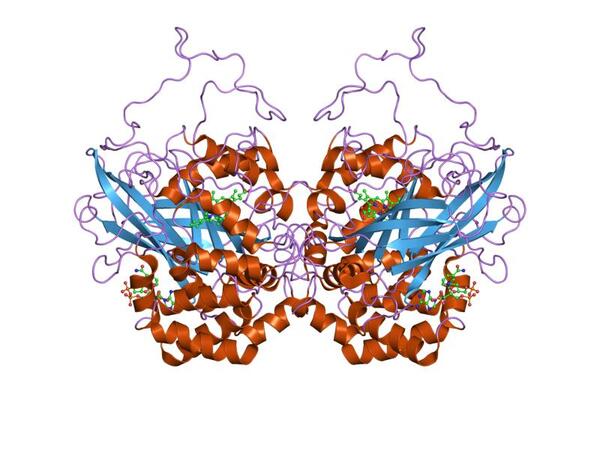Covalently Entrapping Catalase into Calcium Alginate Worm Pieces Using EDC Carbodiimide as a Crosslinker.
(1) Woodbury High School, Woodbury, Minnesota
https://doi.org/10.59720/18-080
Catalase is a biocatalyst used to break down toxic hydrogen peroxide into water and oxygen in industries such as cheese and textiles. Improving the efficiency of catalase would help us to make some industrial products, such as cheese, less expensively. The best way to maintain catalase’s conformation, and thus enhance its activity, is to immobilize it. The primary goal of this study was to find a new way of immobilizing catalase. There are many ways to immobilize an enzyme, one of the foremost being entrapment in calcium alginate. In past literature, researchers used calcium alginate as a bead, and an enzyme was physically entrapped into it. This form of immobilization has been proven inefficient because the enzyme is loosely attached to the material. To address this issue, we used calcium alginate as worm pieces with a carbodiimide as a crosslinker. Worm pieces here refer to small uniform pieces of cylindrical calcium alginate made by cutting long strings (worms) into small pieces. This research set out to understand whether or not EDC(1-ethyl-3-(3-dimethylaminopropyl)carbodiimide hydrochloride) can increase the immobilization of catalase into the calcium alginate. We found that EDC is able to triple the amount of catalase immobilized in calcium alginate compared to only calcium alginate entrapment. This research devised a new type of covalent entrapment that can be used to immobilize many other enzymes that also contain lysine residues. The result suggests that catalase can be better covalently entrapped into the calcium alginate worm pieces using EDC.